Read Heavy Lift & Project Forwarding International’s July/August 2025 digital edition here.
Course corrections and shifting realities
Having passed the midway point of 2025, the project logistics and heavy lift sector finds itself navigating trade disruption, policy reversals and greater uncertainty around the energy transition, all of which have left many questioning assessments made in recent years. Yet, as conversations in this issue of HLPFI reveal, there remains plenty of reason for optimism.
The geopolitical backdrop, however, is deeply unsettling. The sharp escalation of conflict between Israel and Iran, and the USA’s high-stakes gamble that its intervention would deter Iran’s nuclear ambitions, has left many observers uneasy. We can only hope the wager was worthwhile, and that the recently brokered 60-day ceasefire paves the way to a lasting de-escalation. Unfortunately, the war in Ukraine shows no sign of stopping. Emboldened, president Vladimir Putin stepped up attacks, including a massive aerial assault across Ukraine, and is slowly gaining ground.
Russia must be pressurised into a ceasefire. President Donald Trump is in a stronger position than during his first term, while Mr Putin is deemed to be weaker. Still, the Kremlin has shown little change in its position.
As this issue was about to hit the press, the 90-day grace period ahead of Mr Trump’s April 2-announced ‘Liberation Day’ tariffs was about to expire. Cargoes that could be moved stateside ahead of the deadline were duly shipped and rates bounced, before falling back rapidly. In that time, the UK and Vietnam were able to sign trade deals with Uncle Sam, while China agreed a framework that restores a truce in their trade war (read more on pp24-26). Those without a deal will face the higher tariff rate from August 1, with reports indicating that further agreements are in the offing ahead of that deadline.
In terms of the cargo outlook, the offshore wind energy sector is busy recalibrating. While setbacks in the USA have dominated headlines, Europe is pressing on, albeit more cautiously. Project logistics and heavy lift service providers face a more fragmented picture: fewer megaprojects under construction at any one time, but a broader geographical spread. Those spoken with for our offshore renewables report broadly believe the risks can be managed.
The direction of travel for future fuels in maritime transport might also be coming into focus. In a recent poll by BIMCO, ammonia emerged as the preferred long-term pathway. With the multipurpose shipping sector admittedly a follower rather than a leader in adoption, this could be a gentle signal of what’s to come. Still, longstanding concerns around safety, bunkering infrastructure and ROI remain major question marks.
As for developments at HLPFI, I am pleased to welcome Sophie Barnes back into the fold as managing editor. Having gained some valuable experience in the heavy lift shipping sector, she’s returned with renewed insight and energy.
We’re also excited to unveil the details of a strategic alliance with German trade fair expert Messe München, and the launch of project cargo zones at transport logistic trade fairs around the globe.
Exhibition areas dedicated to all things heavy lift and project cargo will debut across international transport logistic trade fairs, including those in Singapore (October 29-31, 2025), Miami (November 11-13, 2025), Mumbai (February 25-27, 2026), Shanghai (June 24-26, 2026), Istanbul (November 2026), and Nairobi (February 2027). We’re also thrilled to be working on a curated conference programme for each event, where we will drill down into each area’s most pressing questions. If you’re interested in helping to shape these initiatives, I’d be keen to hear from you.
David Kershaw – editor

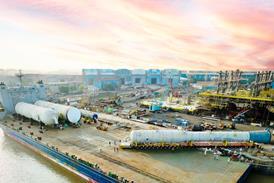
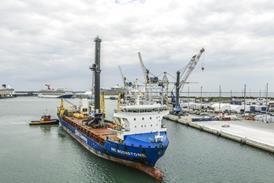
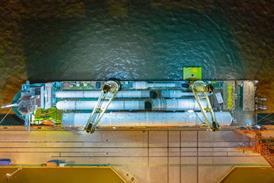

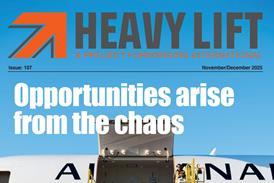
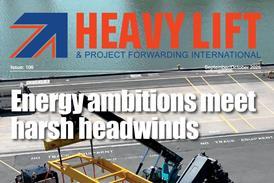

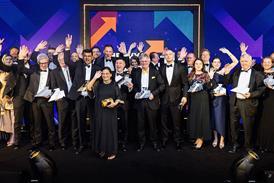

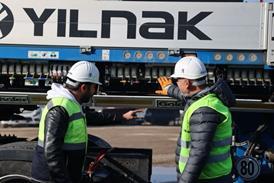
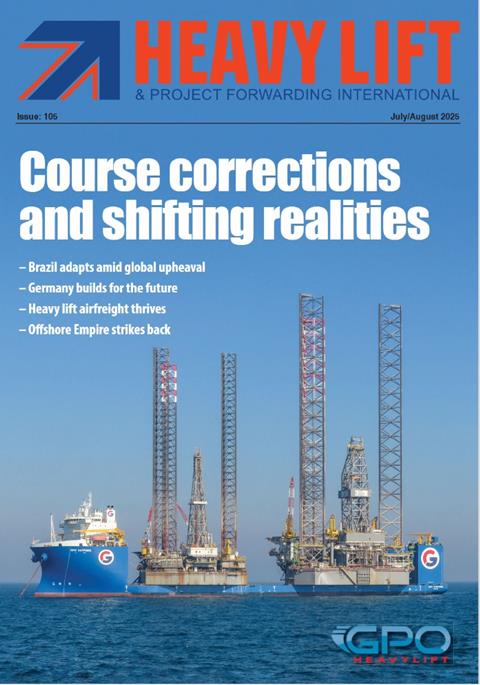


No comments yet